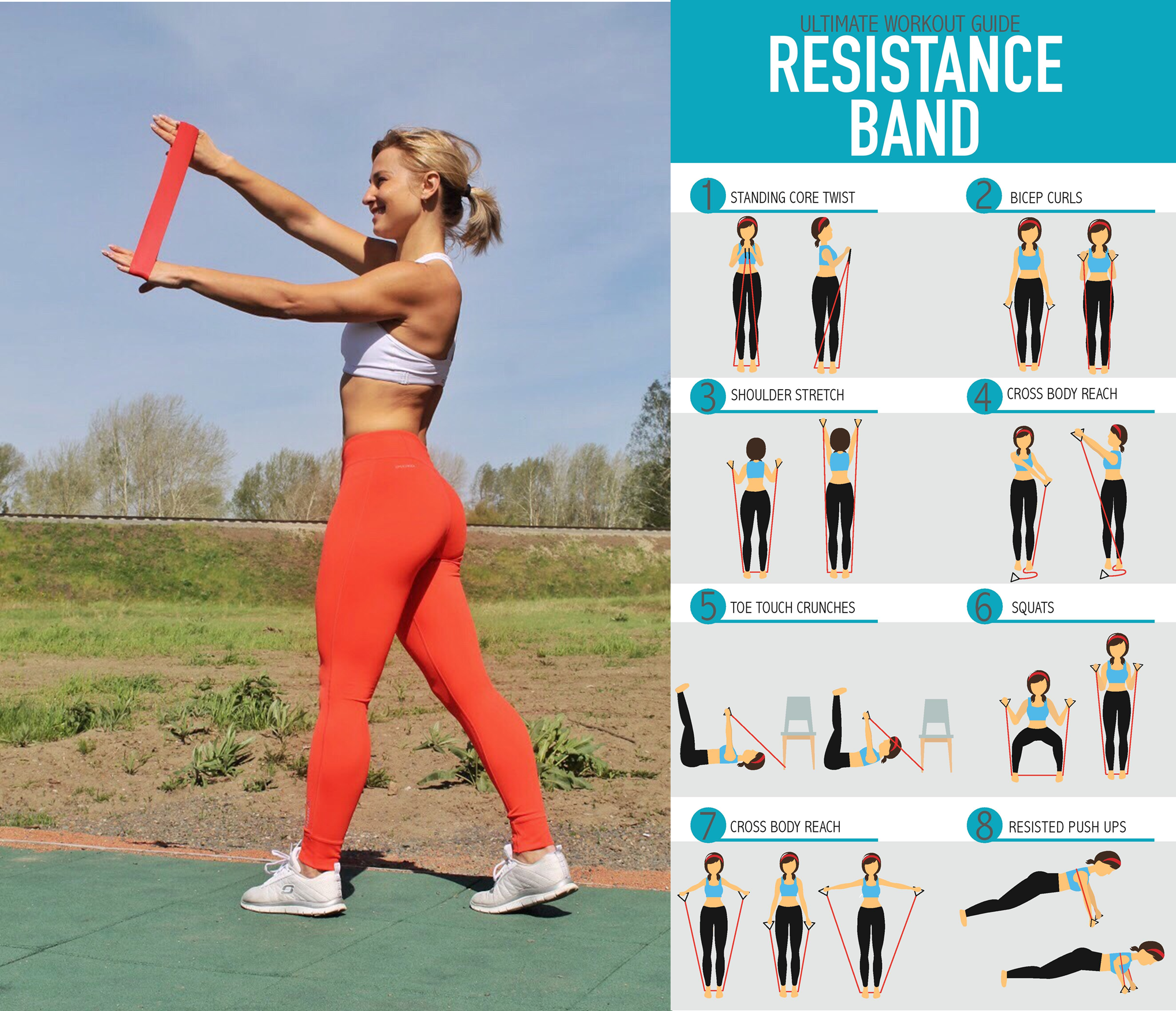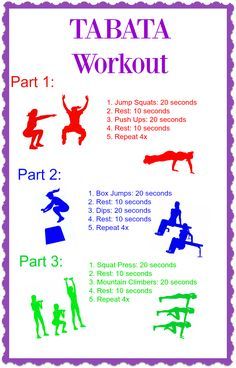
Strength Training for Endurance Athletes
admin
- 0
Endurance athletes, such as long-distance runners, cyclists, and swimmers, often focus primarily on improving
their cardiovascular fitness and neglect the importance of strength training. However, incorporating strength
training into an endurance training program can provide numerous benefits that can significantly enhance an
athlete’s performance. This article delves into the reasons why endurance athletes should incorporate strength
training and explores various exercises that are effective in improving strength, power, and overall athletic
performance.
Importance of Strength Training for Endurance Athletes
Many endurance athletes underestimate the importance of strength training in their training regimen. They often
believe that focusing solely on cardiovascular workouts will provide optimal performance and neglect the fact
that strength training can enhance their overall athletic abilities. However, incorporating strength training
improves muscular strength, power, endurance, and reduces the risk of injury, which can have a substantial
impact on an athlete’s performance.
Benefits of Strength Training
1. Increased Muscular Strength and Power: Endurance athletes usually possess a high level of
cardiovascular fitness but may lack the necessary muscular strength and power. Strength training helps to
improve muscle strength, making it easier for athletes to sustain power output for extended periods and propel
themselves more efficiently forward.
2. Injury Prevention: Endurance sports often involve repetitive motions, leading to
imbalances in muscle strength and increased risk of injury. Strength training helps to correct these
imbalances and strengthens the muscles and connective tissues, reducing the risk of overuse injuries.
3. Enhanced Endurance Performance: An increase in muscle strength not only helps athletes
maintain a faster pace but also delays the onset of muscle fatigue, enabling them to perform at a higher level
for longer durations.
4. Improved Economy of Movement: Strength training improves an athlete’s ability to generate
force with each stride, pedal stroke, or stroke, ultimately improving their overall efficiency and economy of
movement.
Key Exercises for Endurance Athletes
While there are various exercises that can benefit endurance athletes, some key exercises specifically target
the muscle groups and movements relevant to endurance sports. Here are a few examples:
1. Squats
Squats are a compound exercise that engages multiple muscle groups, including the quadriceps, hamstrings,
glutes, and core. They improve lower body strength and power and are particularly beneficial for runners and
cyclists.
2. Lunges
Lunges primarily target the quadriceps, hamstrings, and glutes. They help improve lower body strength and
stability, which is crucial for endurance athletes’ overall performance and injury prevention.
3. Deadlifts
Deadlifts work the entire posterior chain, including the glutes, hamstrings, lower back, and core. They are
essential for developing lower back and hip strength, which aids in maintaining proper posture and preventing
injuries in endurance sports.
4. Planks
Planks target the core muscles and help improve core stability, which is vital for maintaining proper form and
power transfer during endurance activities.
How to Incorporate Strength Training
When adding strength training to an endurance training program, it is crucial to strike a balance between
cardiovascular workouts and resistance training. Here are some tips for incorporating strength training into an
endurance training routine:
1. Focus on compound exercises:
Compound exercises, such as squats, deadlifts, and lunges, engage multiple muscle groups simultaneously,
providing a more efficient full-body workout.
2. Start with low weights and focus on proper form:
For endurance athletes who are new to strength training, starting with lighter weights and focusing on
maintaining proper form is essential to prevent injuries and build a solid foundation.
3. Gradually increase weight and intensity:
As athletes become more comfortable with strength training, progressively increasing the weight and intensity
of the exercises will help promote continuous improvement in strength and power.
4. Don’t forget to rest and recover:
Rest and recovery are just as important as the training itself. Aim for at least one to two days of rest each
week to allow the muscles to repair and adapt.
Conclusion
Strength training is a vital component of any comprehensive endurance training program. Incorporating strength
exercises not only enhances an athlete’s muscular strength, power, and endurance but also prevents injuries and
improves overall athletic performance. By including exercises like squats, lunges, deadlifts, and planks, an
endurance athlete can build a stronger foundation and excel in their chosen sport. Remember to strike a balance
between cardiovascular workouts and strength training, gradually increasing the intensity, and allowing ample
time for rest and recovery. Start implementing strength training today and unleash your true athletic potential.

